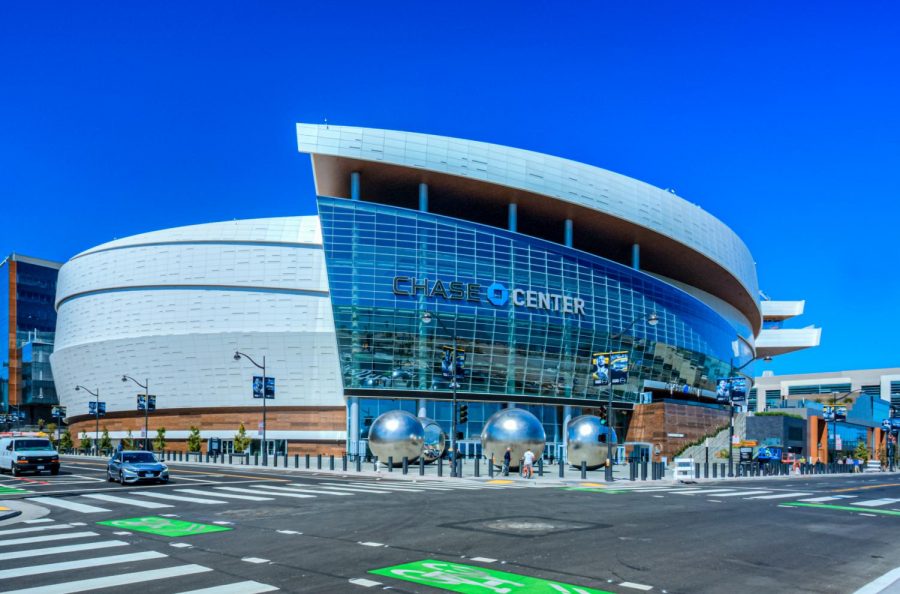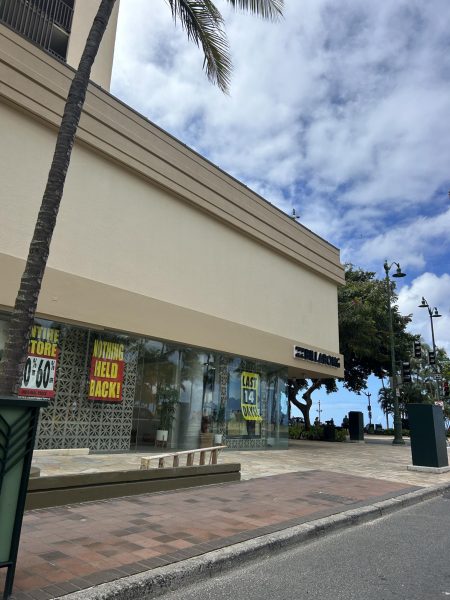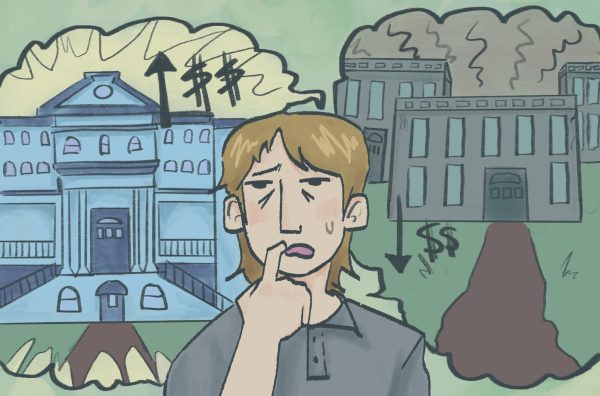The Future of Stadiums and Arenas
Stadiums and arenas are home to professional sports teams who play competitive games with die-hard followers painting their faces, dressing up, and shouting slogans repetitively. However, with the novel coronavirus pandemic, these large gatherings with ten of thousands of people packed into close quarters will not be feasible for a while. With the commissioners of the National Football League and National Basketball Association announcing their phased re-openings, many express the long and difficult journey to having a sellout game once again. But with new state-of-the-art stadiums and arenas turning up, what will be the result of teams’ biggest investments?
To give fans a world-class experience every time they enter a stadium is a team’s dream. Many teams are making their dreams of newfangled stadiums come true in this decade\; however, owners are contemplating the outcome of such stadiums in what may be an economic downturn. SoFi Stadium and Allegiant Stadium are two of the newest, state-of-the-art football stadiums set to open in the 2020 NFL season. The stadiums utilize the newest technology to give sports enthusiasts a premier experience and also vast accreditation.
Set to open later this year, the SoFi Stadium, the future home of the Los Angeles Rams and the Los Angeles Chargers, has an estimated final cost of $5 billion. This stadium will feature the first of its kind double-sided, oval-shaped 4K HDR video board dubbed “the Oculus,” suspended over the roof of the game field. Furthermore, there are 56 5G antennas and 260 audio speakers to enhance the game experience and support the mechanics-intensive stadium technology.
Similarly, the Allegiant Stadium, another ultramodern stadium being constructed, home to the relocated Las Vegas Raiders, will utilize modern lighting, an 85-foot 3-D printed torch (the biggest ever), and a fluorine-based plastic roof, the same as SoFi Stadium. Also with a $1.8 billion price tag, will be near the renowned Las Vegas Strip. Uniquely, $750 million of the total funding will be from taxpayers in the Las Vegas Strip area.
In addition, the Chase Center home of the NBA Golden State Warriors, was in operation this year, but closed due to the pandemic. Another cutting-edge stadium, it is part of a larger complex with dineries, offices, and public plazas. The landscape was heavily thought out and designed, and serves as an attraction itself.
Brilliant plans from ground to sky, these stadiums and arenas are to become the center of America’s sports industry. But, now evaluating the current situation, tickets may be meager, and the 2020-21 season might take on a completely different shape. Although it is unlikely that the 2020 NFL season will be canceled, some games may be postponed or played without an audience. NFL Commissioner Roger Goodell cites that compliance with state coronavirus-related rules and regulation is essential, and that teams must be vigilant and keep up-to-date on what further action is required.
In comparison, the NBA’s commissioner Adam Silver outlines similar plans for the next season. However, for the NBA, the season championship is on the line. The entire sports community is looking forward to seeing who takes home this year’s Larry O’Brien Championship Trophy. Looking ahead, actions will be taken according to the predicament, involving playing games without fans, and maybe selling a certain number of tickets. Mark Cuban, owner of the Dallas Mavericks, confidently states that the team will do whatever they have to keep their players and workers safe. Many owners and league leaders feel that the situation will not return to normal until a vaccine is developed, if it ever is in the near future.
Teams that have put a fortune into stadiums have to take a step back and evaluate. In terms of the general trend, the fan base at stadiums for next season will be drastically lower. However, it does not make sense to halt the construction of such a big investment. Construction, engineering, and other jobs involved will be lost, and it would simply be unwise to leave an incomplete stadium lying around. Energetic fans will be disappointed and may withdraw from their investment into season tickets. All in all, the future for stadiums and large venues does not look promising. Although many leagues are looking to start quickly this fall, many die-hard fans and regular attendees may lose confidence in sitting in the middle of thousands of people. Even if seating is limited and meets social distancing guidelines, fan turnout may still be low. Players might not receive full salaries and many jobs revolving around these huge complexes may be lost. As of now, the drawbacks of returning to the typical sports lifestyle outweighs the positives. Nonetheless, it is the perfect time to embody the concept of patience, which may be for the better for the sports industry and the world as a whole.











